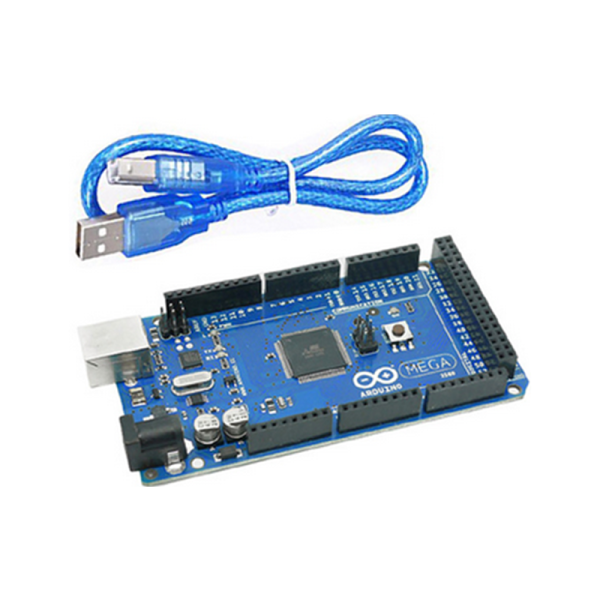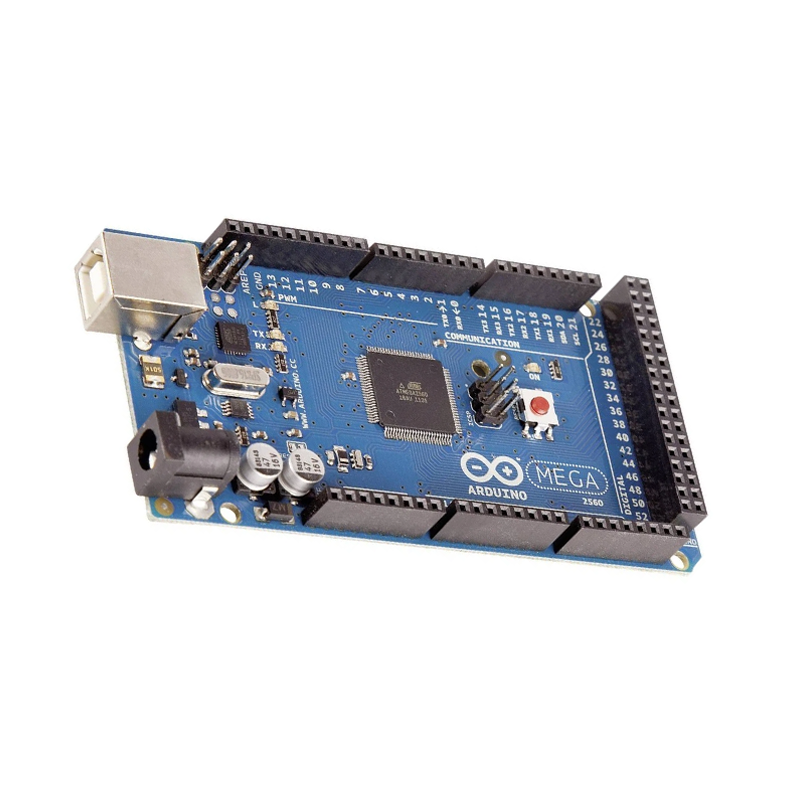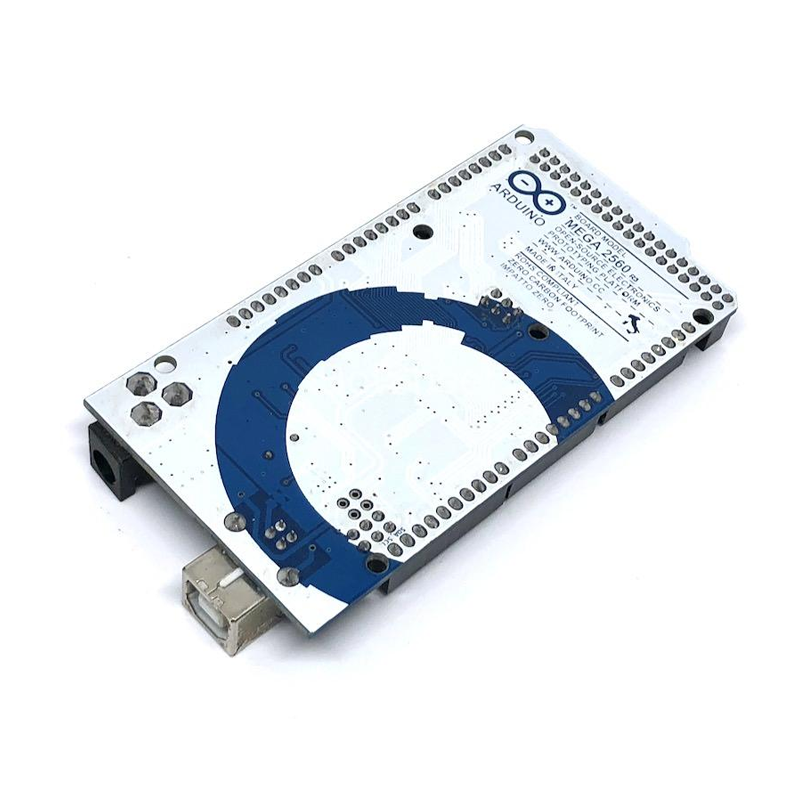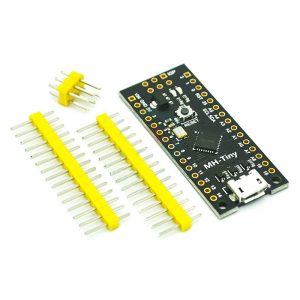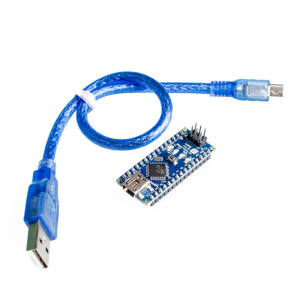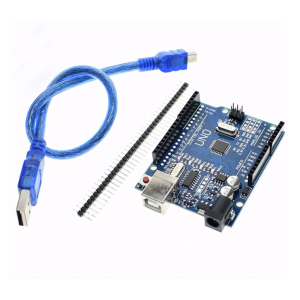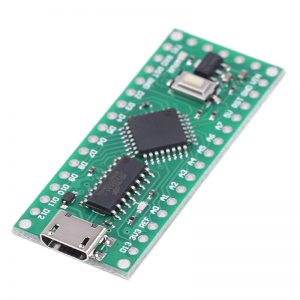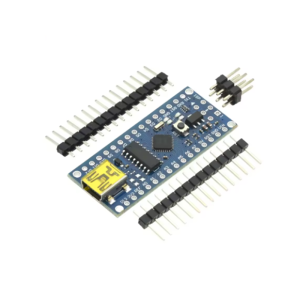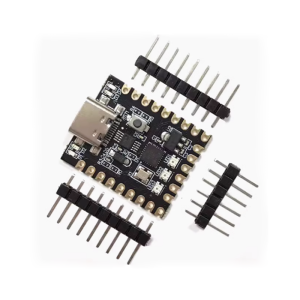Arduino Mega 2560 Rev3
The Arduino Mega is a microcontroller development board with ATmega2560 as the core, which has 54 sets of digital I/O input/output terminals (14 of which can be used as PWM output), 16 sets of analog ratio inputs, 4 sets of UART (hardware serial ports), and uses 16 MHz crystal oscillator. Thanks to the bootloader, you can download programs directly via USB without going through an external programmer. The power supply can be directly supplied by USB, or AC-to-DC adapter and battery can be used as external power supply.
Due to the open source code and the C development environment using Java concepts (cross-platform), the peripheral modules and applications of Arduino have grown rapidly. The main reason for the attraction of artists to Arduino is the ability to quickly use the Arduino language with Flash or Processing… and other software communication to make multimedia interactive works. The Arduino IDE interface is based on the principle of open source code, which allows you to download and use it for free for feature production, school teaching, motor control, interactive works, and more.
How is it powered?
The board can be used both standalone or connected to a PC. Simply connect it to an AC-to-DC adapter or battery, or connect it to your PC using a USB cable.
Operating Voltage: 5 V
FLASH memory: 256 KB
SRAM: 8 KB
EEPROM: 4 KB
Dimensions: 101.52 x 53.5 mm
Features & Benefits of the Arduino Mega
• 54 digital I/O pins (14 can be used as PWM outputs)
• 16 analog inputs
• 4 UARTs
• 16 MHz crystal oscillator
• 5 V power supply
• 256 KB flash memory
• 8 KB SRAM
• 4 KB EEPROM
• USB connection
• Power jack
• ICSP header
• Reset button
• Automatic power source selection
• Suitable for use with Duemilanove or Diecimila shields
• Compact dimensions: 102 x 53 mm
What is Arduino?
Arduino is an open-source electronics platform consisting of hardware and software. Every aspect is designed to be straightforward so you can learn to code or design a project, quickly and easily. It’s designed for students, programmers, designers, hobbyists and tinkerers.
The Arduino open-source software (IDE) is there to help too. It makes is much easier to write code and transfer it to your board.
Specifications
| Microcontroller | ATmega2560 |
| Operating Voltage | 5V |
| Input Voltage (recommended) | 7-12V |
| Input Voltage (limit) | 6-20V |
| Digital I/O Pins | 54 (of which 15 provide PWM output) |
| Analog Input Pins | 16 |
| DC Current per I/O Pin | 20 mA |
| DC Current for 3.3V Pin | 50 mA |
| Flash Memory | 256 KB of which 8 KB used by bootloader |
| SRAM | 8 KB |
| EEPROM | 4 KB |
| Clock Speed | 16 MHz |
| LED_BUILTIN | 13 |
| Length | 101.52 mm |
| Width | 53.3 mm |
| Weight | 37 g |
